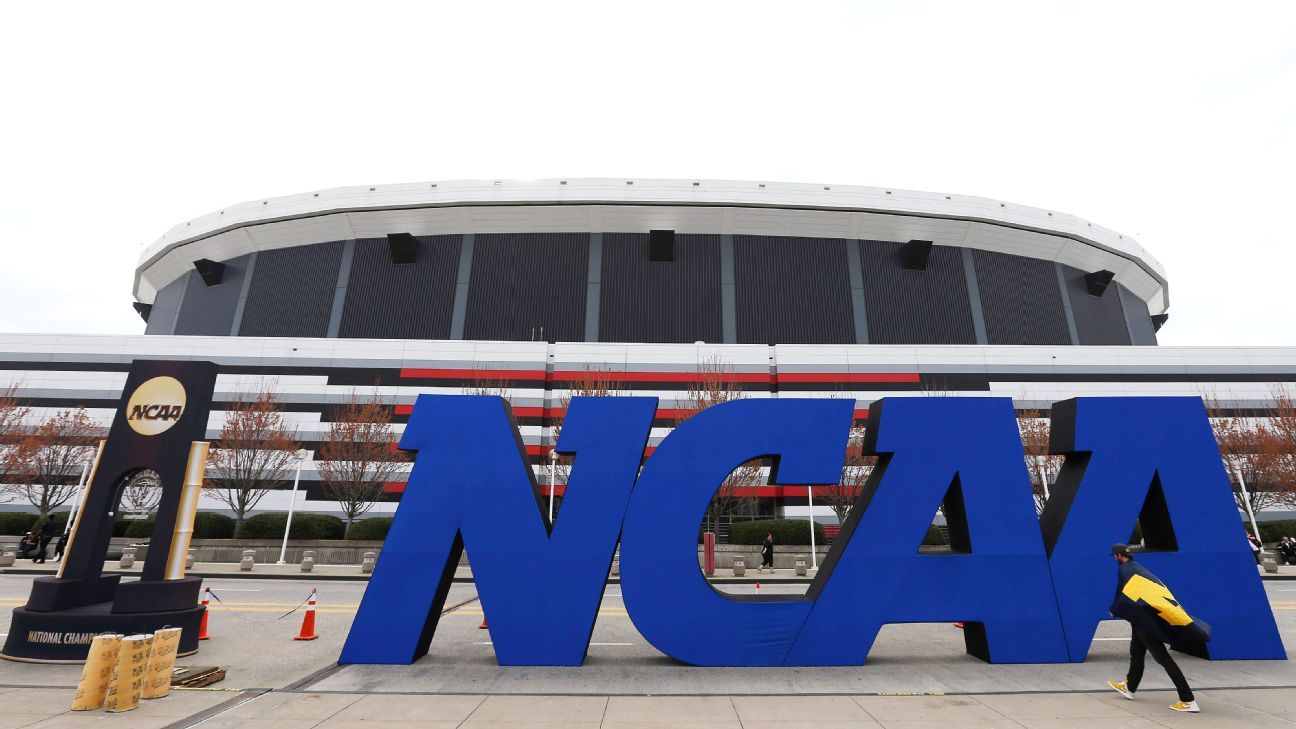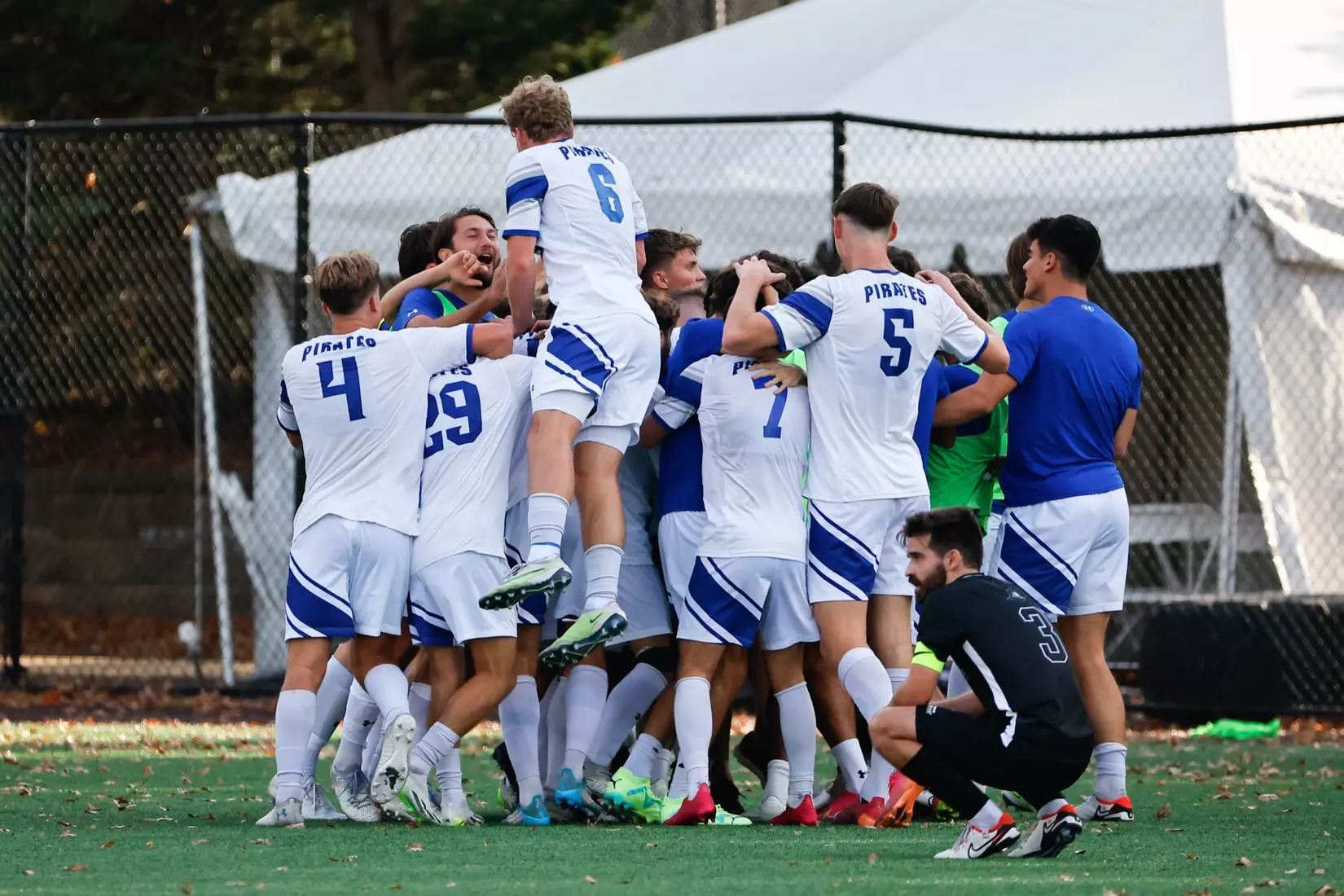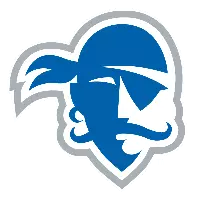NCAA settlement a historic day for paying college athletes. What comes next?
- By Halldan1
- Pirate Hoops Chat
- 2 Replies

Thamel: It's a new day for college sports, but the future remains unclear
A landmark settlement will provide billions in pay to college athletes. But because this is college sports, nothing will be easy.
Pete Thamel, ESPN
Nothing is easy in college sports.
And with the Power 5 conferences and NCAA board of governors voting Thursday to accept the settlement of three antitrust cases that create a new structure for the sport, the moment is layered in both historic change and looming ambiguity.
The more than $2.7 billion of back damages and a new revenue-sharing model that come with the settlement of House v. NCAA and two related antitrust cases mark a distinct pivot for college sports. Amateurism, long a fragile and fleeting notion in the billion-dollar college sports industry, is officially dead. College sports, long a fractured group of fiefdoms, came together in an attempt to save themselves, with the jarring sight of five power leagues and the NCAA together on a press release.
This is a necessary and important week for the business of college athletics, yet not a celebratory one for its leaders. It's a promising day for future athletes who are being compensated with revenue sharing expected to be more than $20 million per school.
And it's also a confusing week for the coaches and leaders on campus, who have no idea what the specific rules of engagement are moving forward.
There should be no trips to the chiropractor from self-congratulatory back pats for taking this step, as the business of college sports will remain messy. No one should be cheered for paying billions just to avoid paying additional billions.
The peace that NCAA and conference leaders hope they are purchasing with their billions in settlement money is seemingly tentative. While the settlement will make it harder for plaintiff attorneys to wield the threat of billion-dollar damages in the future, athletes will have options to keep challenging any restriction or cap on how they are paid. As the final yes votes were being collected this week, a separate federal case in Colorado -- Fontenot v. NCAA -- continued to march forward on its own track, leaving open the possibility that NCAA lawyers won't have time to catch their breath before fighting the next battle on capping athlete compensation.
The games on the fields and arenas of college sports remain wonderful, the television ratings in college football and the NCAA tournament for men's and women's basketball are all gangbusters. And the NCAA, behind decisive leadership from president Charlie Baker, appears to have bought increased relevance in the coming years by finding enough consensus to avoid a catastrophic financial loss from yet another court decision going against it.
But the reality of the culmination of votes on Thursday, which still need the approval of Judge Claudia Wilken, is that college leaders took the best bad option. Pay billions now and share the revenue or, lawyers predicted, lose a series of lawsuits, declare bankruptcy and start over.
How we got here is simple. As college sports roared from regional passion to national obsession through the 1990s and this century, NCAA leaders and college presidents clung to a business model that didn't pay the talent. (The coaches, not coincidentally, were compensated at significant levels because the players never commanded a salary.)
Just three years ago, the NCAA fought the notion of paying athletes a now-quaint $6,000 in academic-based awards all the way to the Supreme Court. So it's hard to overstate just how drastic the tenor change is surrounding college sports.
Somewhere along the way, as conference television networks formed, commissioner salaries boomed to $5 million a year -- for former Pac-12 commissioner Larry Scott, of all people -- and the television contracts rivaled professional sports', there was never a way to directly cut in the athletes. Until this week.
So what does this mean for college sports when revenue sharing comes as early as fall 2025? Where does this take us?
We've outlined the lingering questions that will need to be hammered out. Most of the decisions to this point have been guided by the NCAA, lawyers and commissioners, and there will be a point when the actual participants in the weeds of the sports -- the athletic directors and coaches -- have a voice in the process. Or at least they hope to.
Along with making it less financially appealing for plaintiff attorneys to challenge the NCAA in antitrust cases, college leaders are also hoping they can lay their new settlement at the feet of Congress as a show of good faith. In turn, they hope to spur some momentum for a federal law that gives them increased protection from lawsuits in the future. However, there are no guarantees the settlement will shake loose any votes on Capitol Hill, which has thus far been stagnant on NCAA-related legislation and will have most of its time occupied by November's election.
Without help from Congress, it will remain a bumpy road for the NCAA to enforce the kinds of rules it thinks are necessary to restore stability to college sports.
How does Title IX factor into the financial calculus? That looms as the biggest campus worry. How will rosters be constructed? Football coaches who have 130 players on their team -- 85 scholarships and 45 walk-ons -- are wondering if they need to cut a third of the roster with the expected inclusion of roster caps.
"This all is well intended, but I'll believe it when I see it," an industry source told ESPN. "There are three big issues looming that will determine how this goes: The Title IX strategy for the implementation of revenue distribution, enforcement issues surrounding residual NIL and how roster caps work."
If NIL remains outside athletic departments, as expected, who will police it? The NCAA's enforcement track record is nearly as poor as its legal record. Could there be someone -- perhaps a magistrate or special master appointed by Judge Wilken -- who is an arbiter of the interpretations of the settlement?
"You are going to need a new group to handle enforcement of NIL," another industry source said. "Not the NCAA, because the system is going to be completely different. An entity that looks like the NFL or NBA league office, because the issues that matter are different from the previous regulatory focus at the NCAA. It was all about amateurism. Now it's going to be much different, you effectively have a salary cap."
The problem with policing NIL is that separating deals based on endorsements from those that are thinly veiled payments for performance remains just as much of a subjective process as it has been during the past three years. It's unclear how any settlement terms will provide the tools schools need to shut down a thriving NIL market that is outside their direct control.
Athletic directors are facing the most significant decisions of their careers -- how do they find the money and slice it up? The only certainty is there will be unhappiness on campus, as the value of teams to their administrators will now include a dollar sign.
And that will come with much consternation, including the potential cutting of Olympic sports to help fund the roster of financial bell cows.
Be ready for a few months of ambiguity, as formal federal approval looms and then the real work of hammering out the details will begin.
Those are the questions being asked today by just about everyone in the industry. Coaches don't know how to recruit the Class of 2025, as the recruiting rules -- right down to how many players can be on the roster -- have yet to be determined.
Football players will go on official visits this month prior to their senior seasons and not know what to expect. Schools won't even know basic details like roster spots and available money.
So while history will come with the expected formalization of this settlement, the immediate future of what this looks like remains unclear. Which is fitting, as fixing decades of issues was always going to be a slog.
Because it remains true that nothing is ever easy in college sports.




















